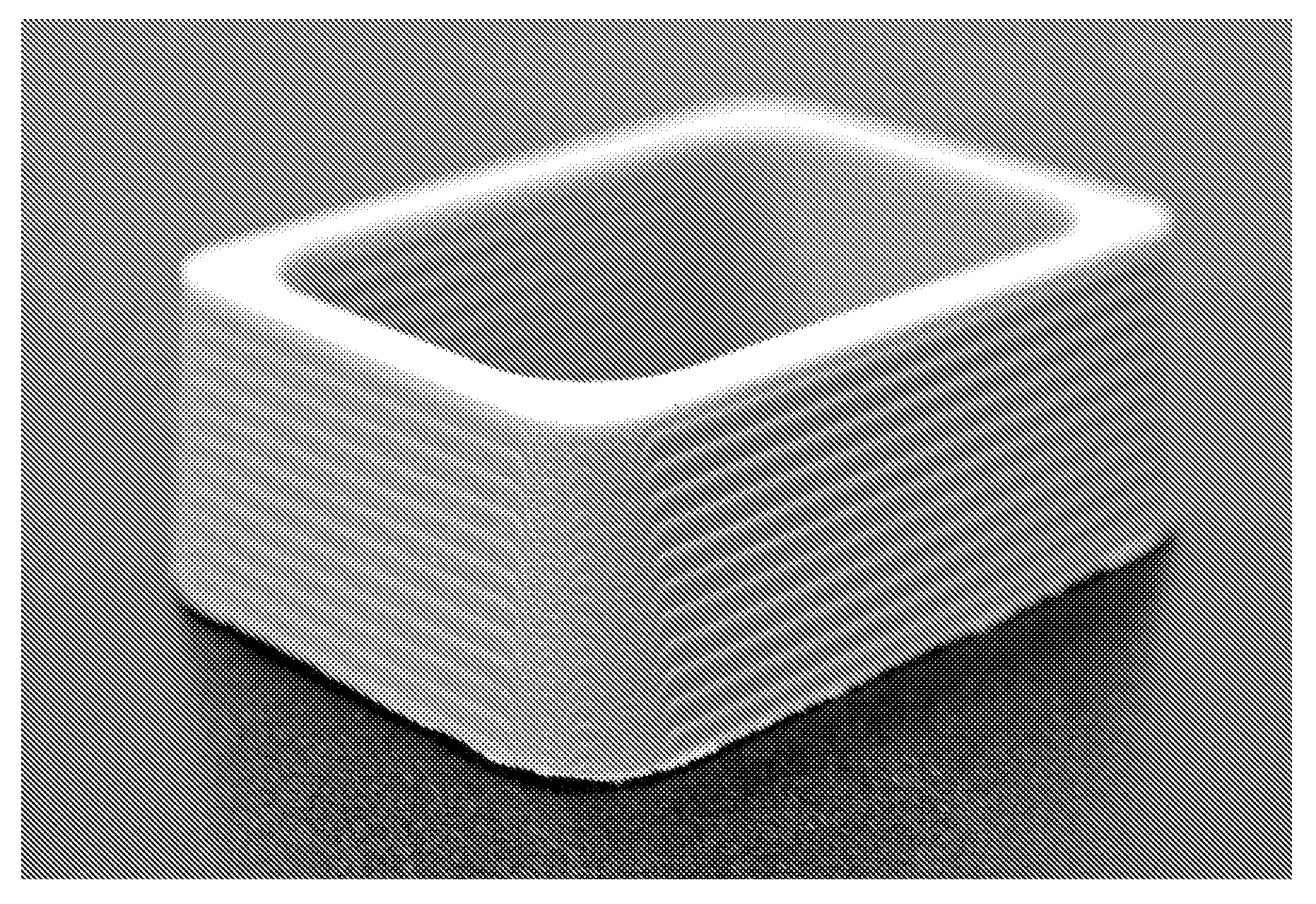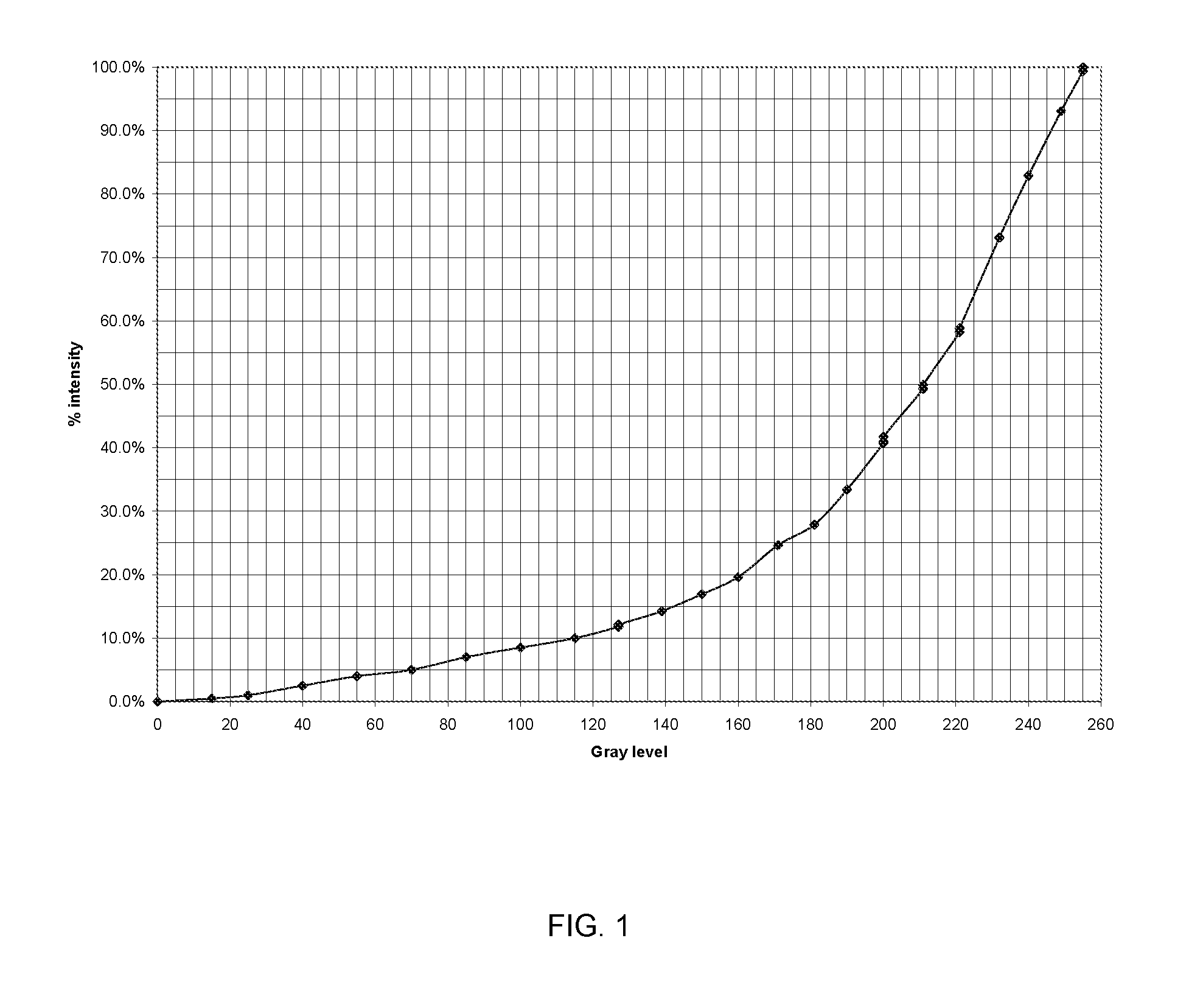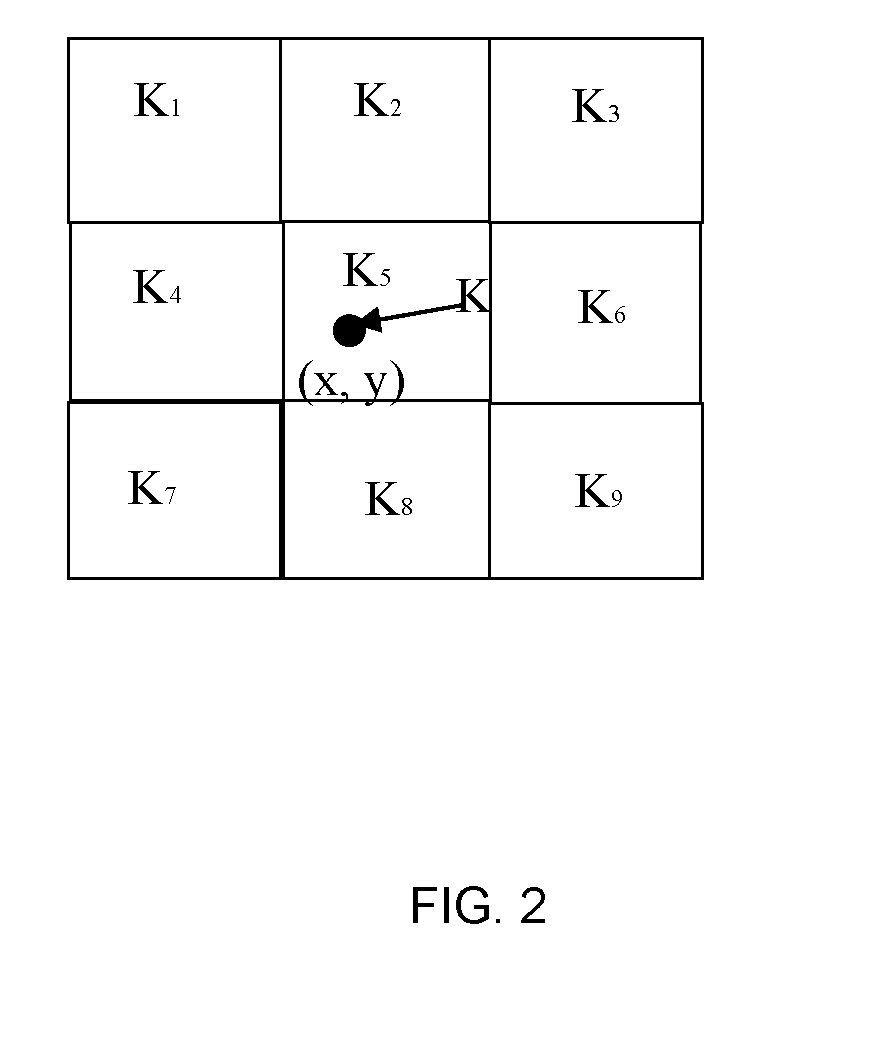Wall Smoothness, Feature Accuracy and Resolution In Projected Images Via Exposure Levels In Solid Imaging
a technology of exposure level and projection image, which is applied in the direction of process and machine control, process control, instruments, etc., can solve the problems of shrinkage, resolution, accuracy, and difficulty, and achieve the effect of low cost, accurate features and good resolution
- Summary
- Abstract
- Description
- Claims
- Application Information
AI Technical Summary
Benefits of technology
Problems solved by technology
Method used
Image
Examples
Embodiment Construction
[0035]The preferred flexible transport solid imaging of the type disclosed herein involves the layer-by-layer build-up of articles from a visible or UV solidifiable photopolymer build material that is delivered by a radiation transparent flexible carrier, such as an endless belt or reciprocating or extendable and retractable sheet of transparent plastic film. The term “transparent” as used in this context means any suitable material that allows the passage of sufficient radiation (such as UV or visible light) through it to effect the photopolymerization reaction. Because these transparent materials may be very thin, the term would also include translucent or partially transparent materials. The radiation transparent flexible carrier works as a recoater that delivers fresh solidifiable photopolymer build material to the imaging area for subsequent layers that are formed after the initial layer. Solidifiable photopolymer build material is applied to the radiation transparent flexible ...
PUM
| Property | Measurement | Unit |
|---|---|---|
| sizes | aaaaa | aaaaa |
| sizes | aaaaa | aaaaa |
| roughness | aaaaa | aaaaa |
Abstract
Description
Claims
Application Information
 Login to View More
Login to View More - R&D
- Intellectual Property
- Life Sciences
- Materials
- Tech Scout
- Unparalleled Data Quality
- Higher Quality Content
- 60% Fewer Hallucinations
Browse by: Latest US Patents, China's latest patents, Technical Efficacy Thesaurus, Application Domain, Technology Topic, Popular Technical Reports.
© 2025 PatSnap. All rights reserved.Legal|Privacy policy|Modern Slavery Act Transparency Statement|Sitemap|About US| Contact US: help@patsnap.com



